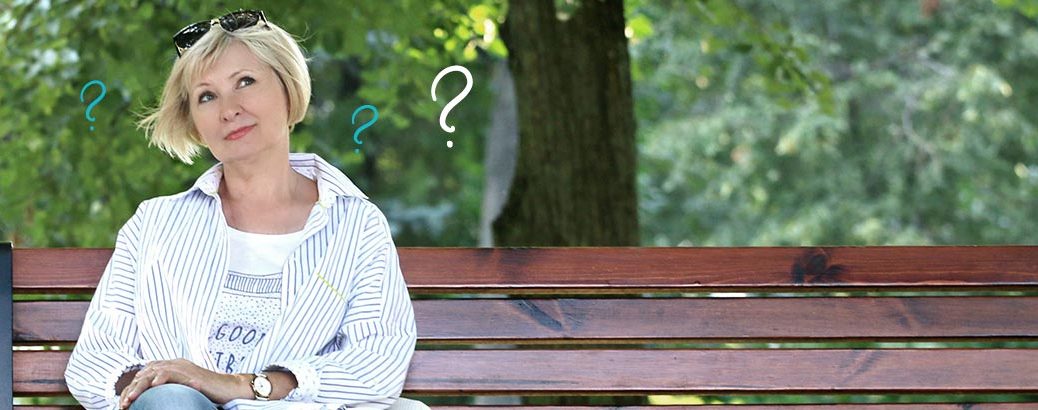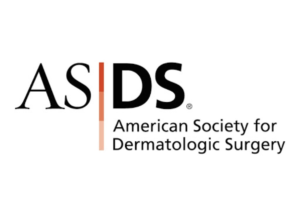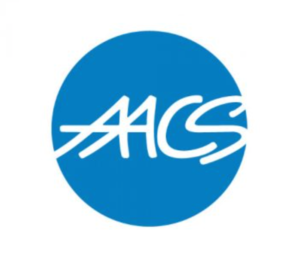Botox is one of the most popular forms of skin rejuvenation. Despite the growing number of men and women who regularly use Botox injections, there are still some opposite attitudes and opinions about it. Whether you are already convinced you want to try Botox, or if you are still skeptical, read this article to learn all about the procedure.
History of Botox –When, Why, How?
Botulinum toxin A and botulinum toxin B are both purified substances obtained from a bacterium. Many people know that Clostridium Botulinum type A bacteria causes food poisoning and is usually found in canned food. However, the pharmacological industry has succeeded in turning this poison into a medicine. In America, the preparation was given the name “Botox”, and later when it was discovered in Europe by English pharmacologists, it was called “Dysport.” Botox has been used since 1978 for therapeutic purposes and in situations where there was a problem with the mobility of certain muscles. Botox only got involved in aesthetic surgery during the nineties, though there are many misconceptions regarding the process. Many patients describe that they want to fill in wrinkles with Botox, which is an incorrect explanation of the process. Botox does not “fill in” wrinkles, but rather takes away strength from the muscles so that they stop contracting and as a result, you get wrinkle free, smooth skin.
How long can the blockade of the muscles caused by Dysport or Botox last?
It can last three to six months, depending on the speed of absorption and a person’s metabolism. Patients think that after a second injection the effect lasts longer, but this is a misconception. This is a commonly believed because, thanks to the effects of Dysport/Botox, wrinkles become less and less visible. In fact, this preparation helps us to break the habit of the “talking face” (you stop frowning when you are angry, or to “laugh“ with your eyes).
So, a person who had Botox injected in the face cannot frown?
The answer to this question used to be no, because their muscles are blocked, but these days we are looking for a more natural appearance and just a relaxed look that can be obtained with less amounts of neurotoxin. The doctor should be aware that instead patients often subconsciously move their nose as a result of being unable to frown and develop wrinkles there. Therefore, you should look ahead and treat all muscle groups, which could be used as a substitute for those which are at rest. Keep in mind that a similar preparation can also be used for solving other issues such as the problem of excessive sweating. This works by injecting Botox under the armpits, causing sweat secretion to reduce. Of course, this is done only in cases where this problem is very pronounced.
In which parts of the face does Dysport/ Botox give the best results?
It is commonly used for “frown wrinkles” (between the eyes), forehead wrinkles, “smiling wrinkles” (eyes), nasolabial folds, and wrinkles around the mouth and on the neck. Dysport injections cannot be given without following a specific procedure. Special syringes and needles are required (usually those used for insulin injection), and typically a local anesthetic or some ice is rubbed onto the sections of the skin to be treated. It usually takes a half hour from the moment of the anesthetic application to view its full effects. Upon completion of the intervention – during which the patient is still in a sitting position – the treated skin section should not be massaged or rubbed, and it is important to repeat rubbing ice on the area for about fifteen minutes. These steps for this procedure have to be strictly followed otherwise the substance can “wander off” where we don’t want it. Since the muscles that make up the superficial facial muscle structure are located just below the skin surface.
Can any complications occur while injecting Botox?
As a rule, any complications are the result of improper insertion or dispersion. The results are lowering of the eyelids, lowering or raising of the eyebrows, or poor mobility of the lips. If this happens, no need to panic, as this is actually not as much of a big deal as it might seem. Dysport or Botox will not poison you, and all of the mentioned complications disappear when the preparation vanishes from the body.
How do patients look after the procedure?
Normally there is no swelling and no redness. Occasionally a blood vessel is hit during the injection, resulting in a small bruise appearing at the puncture area, but it will typically not be very noticeable. The effects are seen within 7-14 days.
How often should Dysport/ Botox be injected?
You should not inject Dysport or Botox too frequently. In order to maintain beautiful looking skin and to keep a fresh look for longer, it is not good for the muscle groups to be constantly blocked, but instead it is best to combine a little “work” and a little “rest.” The effects of the injection last three to four months and after that, it’s recommended to repeat the procedure, but of course it is not necessary and is up to the patient’s discretion.
What is the minimum age requirement for the use of “Dysport/ Botox?
First wrinkles and lines are usually formed around our twenty-fifth birthday, and these lines will continue to deepen with age, but the pace of these lines varies from person to person. The pace of our skin aging depends on tissue elasticity, the thickness of skin and subcutaneous tissue, as well as of the type of collagen present. Most experts agree that the best time for using Botox is between the ages of 22 and 41. Some experts support the view that getting Botox earlier prevents you from requiring more invasive procedures later, so this is something to keep in mind as well.










